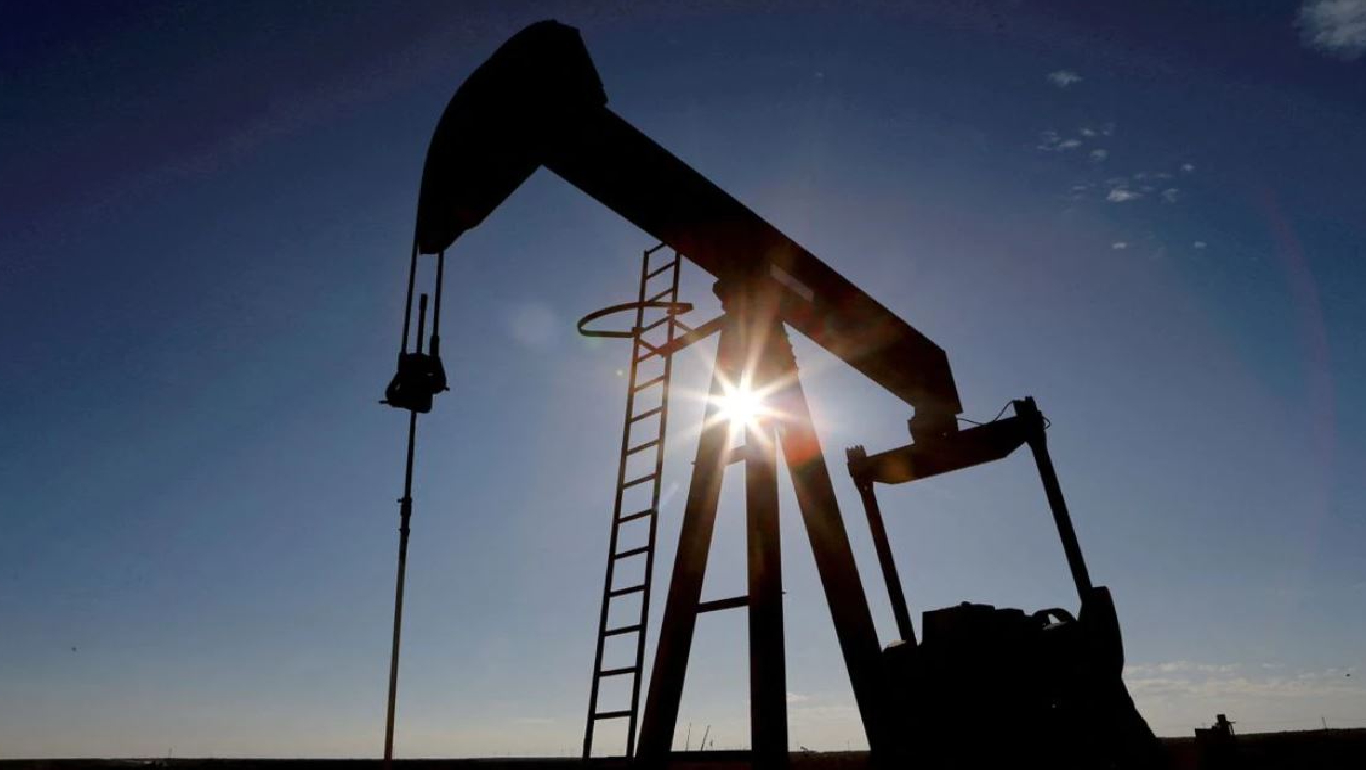




Quarterly Economic Growth Release: More BSP cuts to come
 DOWNLOAD
DOWNLOAD

Monthly Economic Update: Fed catches up
 DOWNLOAD
DOWNLOAD

Inflation Update: Steady and mellow
 DOWNLOAD
DOWNLOAD


Oil prices rise on softer US dollar, supply woes

SINGAPORE, Oct 18 (Reuters) – Oil prices climbed on Tuesday, bolstered by a weaker US dollar and supply woes, although gains were capped by the spectre of lower fuel demand from China as it persists with its stringent zero-COVID policy.
Brent crude futures LCOc1 rose 82 cents, or 0.9%, to USD 92.44 per barrel by 0643 GMT, while US West Texas Intermediate (WTI) crude CLc1 futures gained 86 cents, or 1.0%, to USD 86.32 per barrel.
The US dollar index – which measures the greenback against six major peers including sterling – sagged to its lowest since Oct. 6. A weaker dollar makes oil cheaper for buyers holding other currencies, making them more likely to make purchases.
Following the steep production cut agreed on by OPEC+ – the Organization of the Production Exporting Countries (OPEC) and its allies, including Russia – earlier this month, investors have been seen increasing their long positions in futures, ANZ Research analysts said in a note.
OPEC+ member states have been lining up to endorse the cut to the output target after the White House accused Riyadh of coercing some other nations into supporting the move.
Meanwhile, expectations that China will stick to a loose monetary policy to help its economy, hobbled by COVID-19 restrictions, lent some support to oil prices. The country’s central bank rolled over maturing medium-term policy loans on Monday while keeping its key interest rate unchanged for a second month.
China’s fuel demand outlook, however, weighed on sentiment after the world’s top crude oil importer delayed the release of its economic indicators, originally scheduled to be out on Tuesday, CMC Markets analyst Tina Teng said. No date for a rescheduled release has been given.
China’s adherence to its zero-COVID policy has continued to increase the uncertainties about the country’s economic growth, Teng said.
On the supply side, US crude oil stocks were expected to have risen a second consecutive week and are estimated to have increased by 1.6 million barrels in the week to Oct. 14, a preliminary Reuters poll showed on Monday.
Output in the Permian Basin of Texas and New Mexico, the biggest US shale oil basin, is forecast to rise by about 50,000 barrels per day (bpd) to a record 5.453 million bpd this month, the Energy Information Administration said.
(Reporting by Isabel Kua in Singapore and Laila Kearney in New York; Editing by Edwina Gibbs and Tom Hogue)
This article originally appeared on reuters.com





 By Reuters
By Reuters